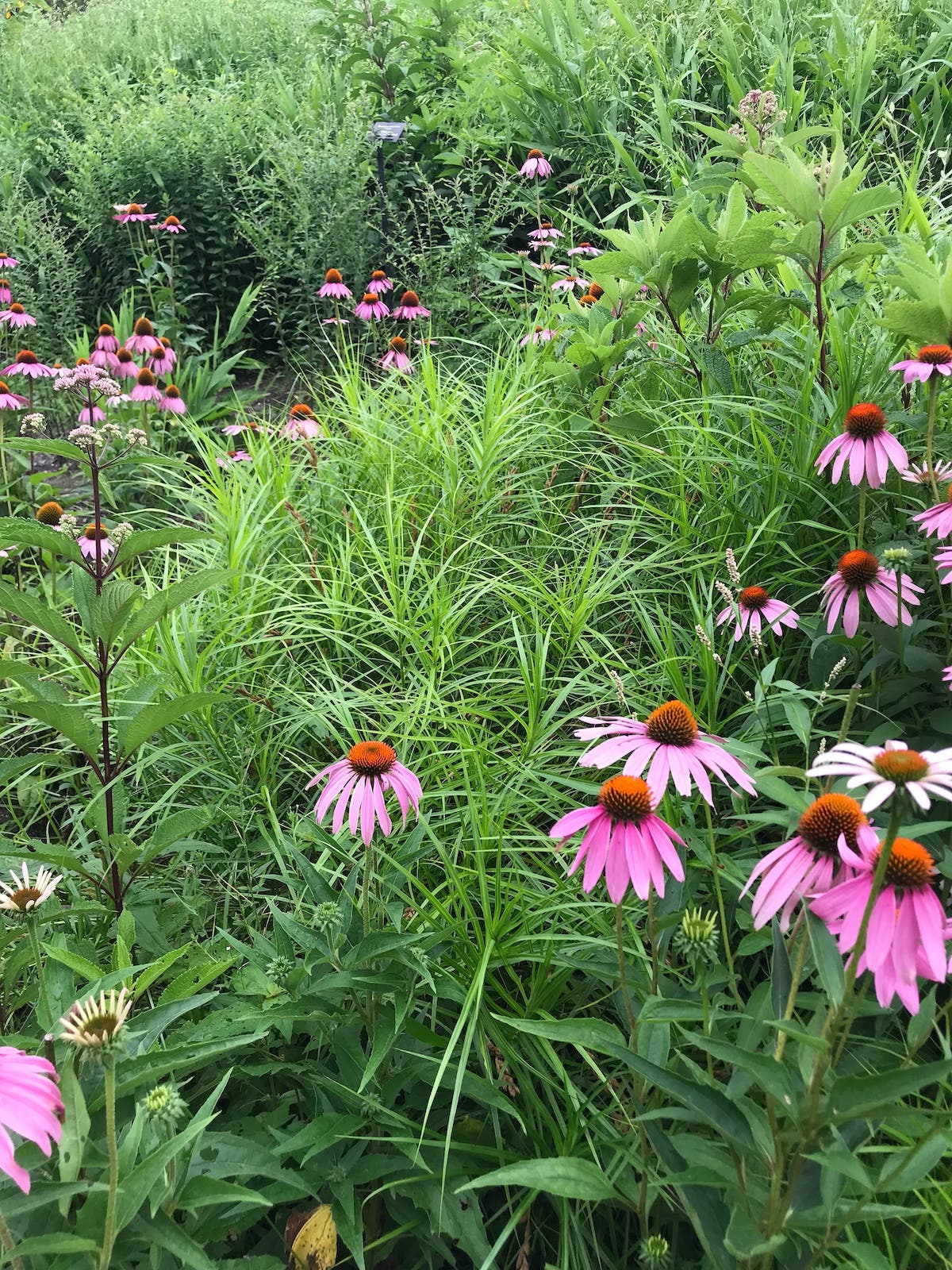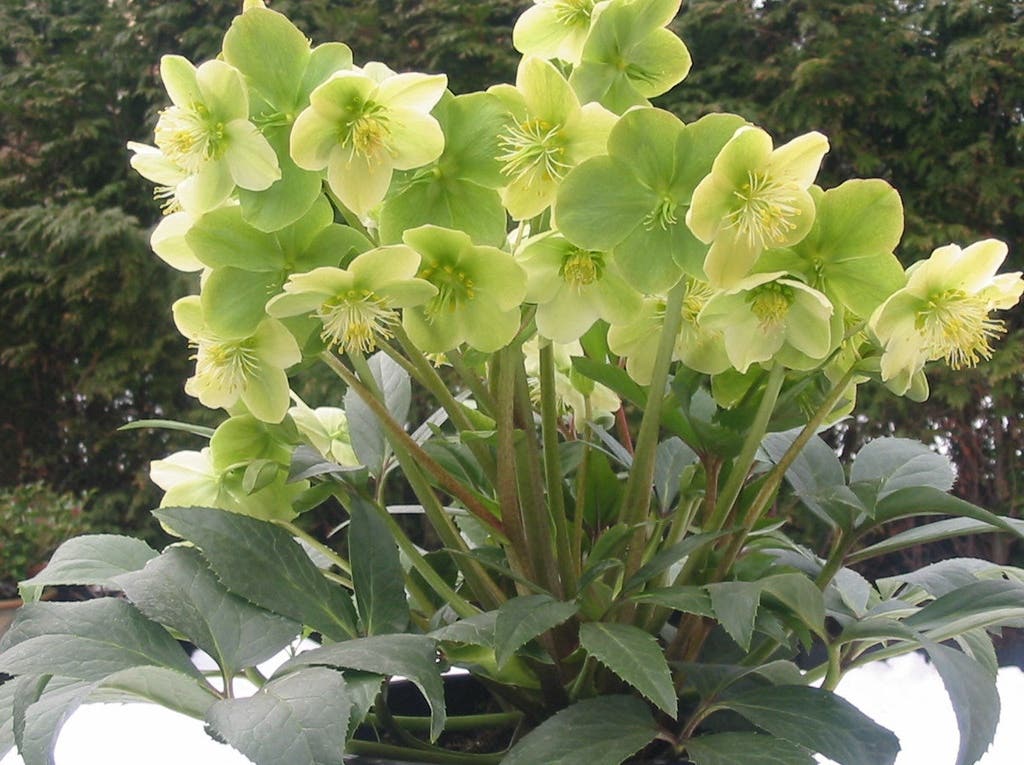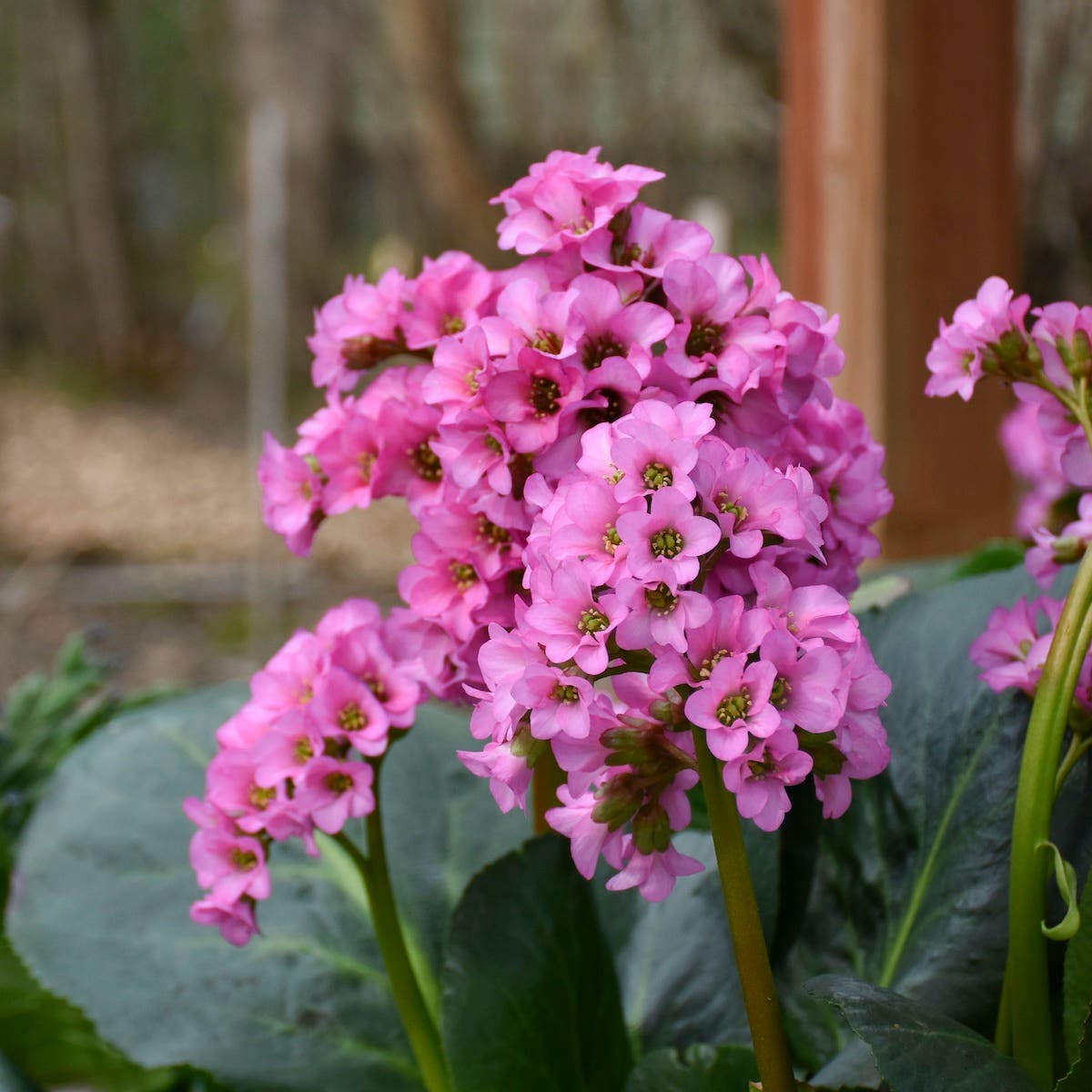Coleus: Choosing and Growing These Garden Staples
Coleus is the horticultural easy button, one that’s been pressed time and time again since the Victorian days. It grows in planter boxes at the indoor mall. It grows in…
Coleus is the horticultural easy button, one that’s been pressed time and time again since the Victorian days. It grows in planter boxes at the indoor mall. It grows in many a new gardener’s first mixed container—sometimes being the last plant standing by August. It grew in a glass of water on the desk of a black-thumbed friend of mine. And because its interest lies in its highly colorful, textural leaves, coleus contributes to the garden spring through fall.
Now, some gardeners may balk at the thought of growing something so common, and others may cringe at such foliar flamboyance. Coleus stands up to both criticisms, though, thanks to the number and diversity of its named varieties. Want a challenge? Choose the craziest coleus on the bench and create a combination with it as the star. Not a fan of heavily patterned leaves? There are fine solid varieties out there, though you may need to search, or start them from seed (also easy!).
Despite the number of varieties already available, breeders continue to create more coleus, many of which do present improvements, such as greater sun tolerance, novel leaf shape and better branching and habit. With coleus, there’s never a dull moment.
Crazy Coleus
Two varieties from Proven Winners earned high marks at plant trials conducted by Cornell University and Colorado State University. ColorBlaze Apple Brandy, with yellow-edged red leaves, was named best trial coleus at the latter’s Fort Collins garden in 2015. It made the list of top 10 annuals at Cornell’s Ithaca, N.Y. trials, while ColorBlaze Velveteen was named a Season-long Top Performer at that institution’s Long Island trial. Velveteen combines hot pink, deep maroon and a touch of lime in its leaves. Both varieties were bred for outstanding heat tolerance and very late bloom, besides their looks. (Coleus foliage can begin to decline after the plant blooms, so a later bloom time makes it more likely the plant will look terrific into fall, without the added maintenance of removing flower buds.)
Apple Brandy and Velveteen are both upright coleus, but trailing and mounding varieties also exist, and these expand the design possibilities. For a good trailing coleus, try Lava Rose, with small, nearly round leaves in a similar color pattern to Velveteen. A mounded variety with enormous leaves, meanwhile, is King Crab, a member of Hort Couture’s Under the Sea series. This coleus shows vivid red and yellow color, plus curiously fringed leaf edges—the crab’s pinchers.
Quieter Coleus
The above-mentioned coleus offer vividly patterned leaves, but there are many understated varieties available, too, which can look elegant alone in a container or blend most easily into a combination planting. Henna has leaf edges similar to those of King Crab, but its foliage is a mellow chartreuse on top (sometimes with a touch of copper), with hot pink undersides. Mint Mocha offers an interesting leaf shape, too, in its so-called duck’s foot leaves. These are deeply serrated, giving the plant an extremely frilly look. Its color is light green with subtle flecks of red and yellow.
Chocolate Mint is a personal favorite that I started from seed this year. It has deep, dark maroon leaves with a thin margin of cool green. A small grouping of just Chocolate Mint looks elegant, but it also works very well in combinations, adding weight behind pink-, peach- or white-flowered impatiens. I placed it with ‘Cherry Splash’, which has palest pink petals around a cherry-red eye.
For a warm-tone solid leaf, look for Ruby Slippers or Inferno. The former shows up rich red while the latter smolders orange. Both are brand new, so for now you may need to settle for the varieties they’re said to improve upon. Ruby Slippers is billed as a betterment of the popular Redhead, with deeper color and a more compact habit. Inferno boasts bolder color than the usual go-to orange selection, Campfire. With any of these selections, though, whether they’re older or newer, you just can’t go wrong.
Coleus Care
- Coleus are tropical perennials most often grown as annuals
- Plant coleus outside when nighttime temperatures remain above 60˚F
- They tolerate full shade, but filtered sun or part shade brings out their best leaf color and keeps their shape stocky
- Many varieties have been bred to take full sun, including those in the Wizard, Marquee and Stained Glassworks series
- In general, darker varieties can take more sun while light-colored varieties need more shade, particularly in the afternoon, to protect against leaf scorch
Water moderately, keeping the soil neither dry nor wet - Pinch all the stems back to just between two leaves every few weeks to encourage bushiness and remove flower buds, as flowering can lead to foliage decline
- Coleus can be wintered as houseplants, or take cuttings at the end of the growing season to root indoors and use as next year’s plants
How to Propagate Coleus
It’s easy to start your own coleus from seed or by cuttings of existing plants.
Start seed indoors 8 to 12 weeks before your last expected frost, aiming to plant the seedlings out in the garden when nighttime temperatures remain in the 60s. Sow the seeds on top of seed-starting mix, pressing them lightly into the mix but not burying them, because they require light to germinate. Keep the mix warm (about 70˚F) and moist but not wet. Seeds typically sprout within 10 days; after the seedlings have one or two sets of true leaves they can be moved to larger containers.
To start new coleus from stem cuttings, simply snip a 2- to 4-inch length of stem, remove the lowest pair of leaves and insert the stem in water or moist potting mix so that those leaf nodes sit below the surface. Roots will grow from them. Placing the container inside a plastic bag can help keep the cuttings from drying out while they take root.
Image credit: skhoward.E+.GettyImages






